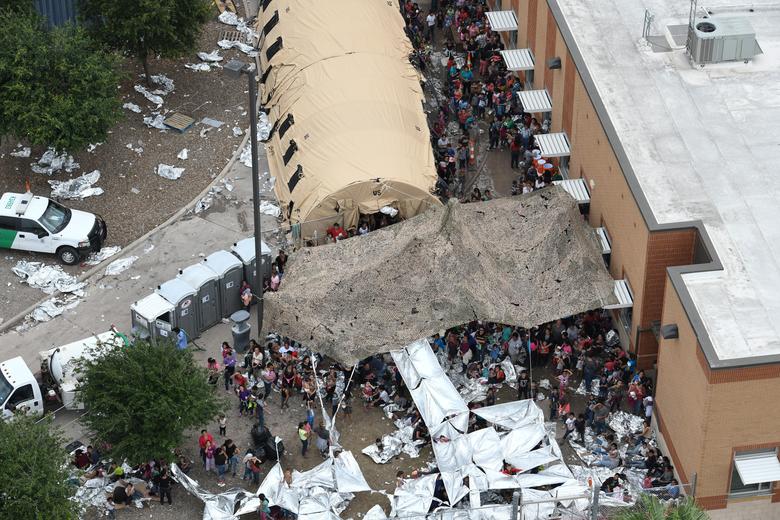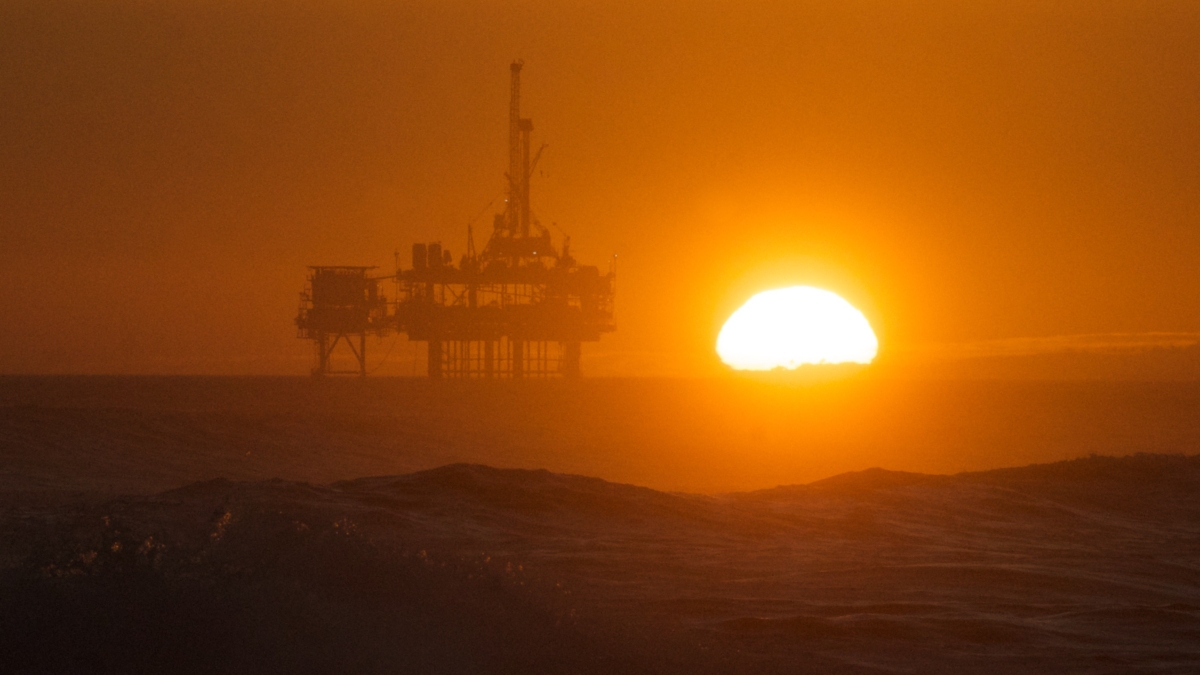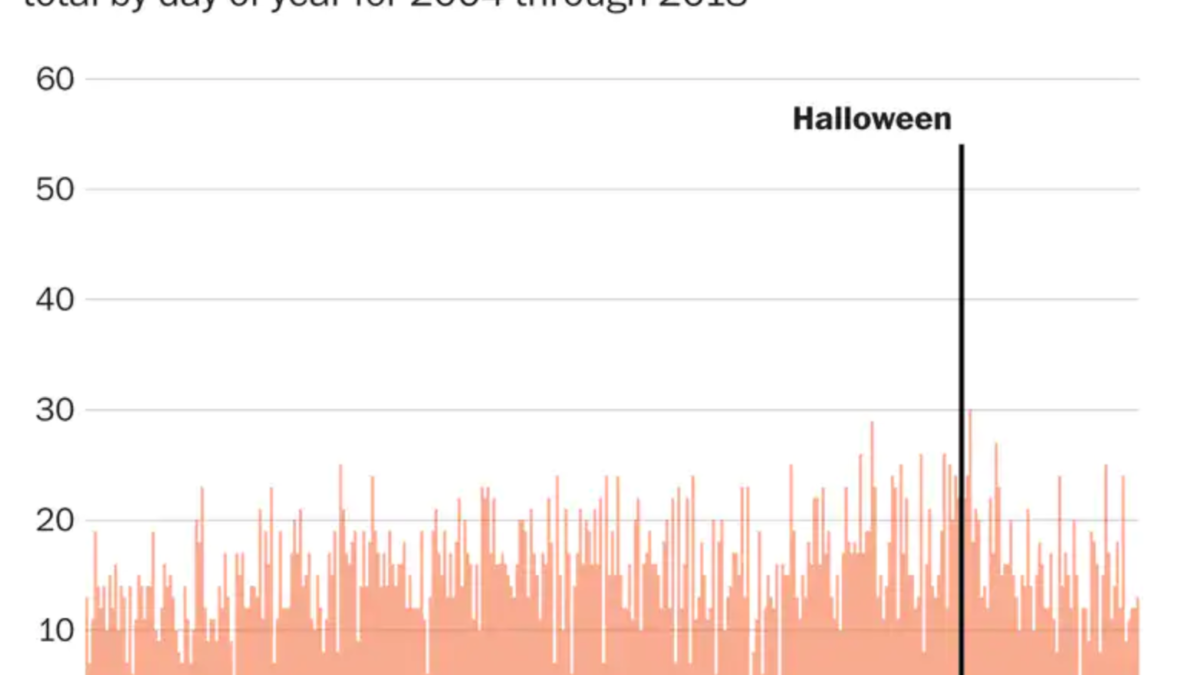From Libya to Texas, tragedies illustrate plight of migrants

By Lori Hinnant and Jamey Keaten
6 July 2019
GENEVA (AP) – They are trapped in squalid detention centers on Libya’s front lines. They wash up on the banks of the Rio Grande. They sink without a trace — in the Mediterranean, in the Pacific or in waterways they can’t even name. A handful fall out of airplanes’ landing gear.
As their choices narrow on land and at sea, migrants are often seen as a political headache in the countries they hope to reach and ignored in the countries they flee. Most live in limbo, but recent tragedies have focused attention on the risks they face and the political constraints at the root of them.
A record 71 million people were forcibly displaced around the world in 2018, according to a report last month by the U.N. refugee agency, in places as diverse as Turkey, Uganda, Bangladesh and Peru. Many are still on the move in 2019, or trapped like thousands in detention in Libya, where an airstrike on Tuesday killed at least 44 migrants and refugees locked away in the Tripoli suburb of Tajoura.
Most of those in Tajoura and other Libyan detention centers have been intercepted by the Libyan coast guard, which has become the go-to border force for the European Union, which can’t get 28 governments to agree about migration. Despite the rhetoric about migration crises in Europe and the U.S., the top three countries taking in refugees are Turkey, Pakistan and Uganda. Germany comes in a distant fifth.
A 20-year-old who fled war in his homeland in sub-Saharan Africa two years ago survived the airstrikes, gunfire from militia members trying to keep migrants inside the compound, torture for ransom by traffickers and a sinking boat in the Mediterranean. He is now sleeping outside the Tajoura detention center along with hundreds of other migrants and awaiting a second chance to go to sea.

“I faced death in Libya many times before. I am ready to die again. I already lost my brothers in the war in my country,” he told The Associated Press. He didn’t want his name used because the militia fighters who shot at him are still guarding the compound. […]
Within days of the airstrike, at least two boats filled with migrants sank off Libya’s coast, leaving around 140 people missing. Another group was picked up by a rescue ship and then barred from docking on the Italian island of Lampedusa, touching off the 21st standoff between Italy’s populist government and humanitarian groups. A pregnant woman watching a shipboard ultrasound of her baby smiled broadly, seemingly oblivious to the political furor on land and at sea. [more]
From Libya to Texas, tragedies illustrate plight of migrants


